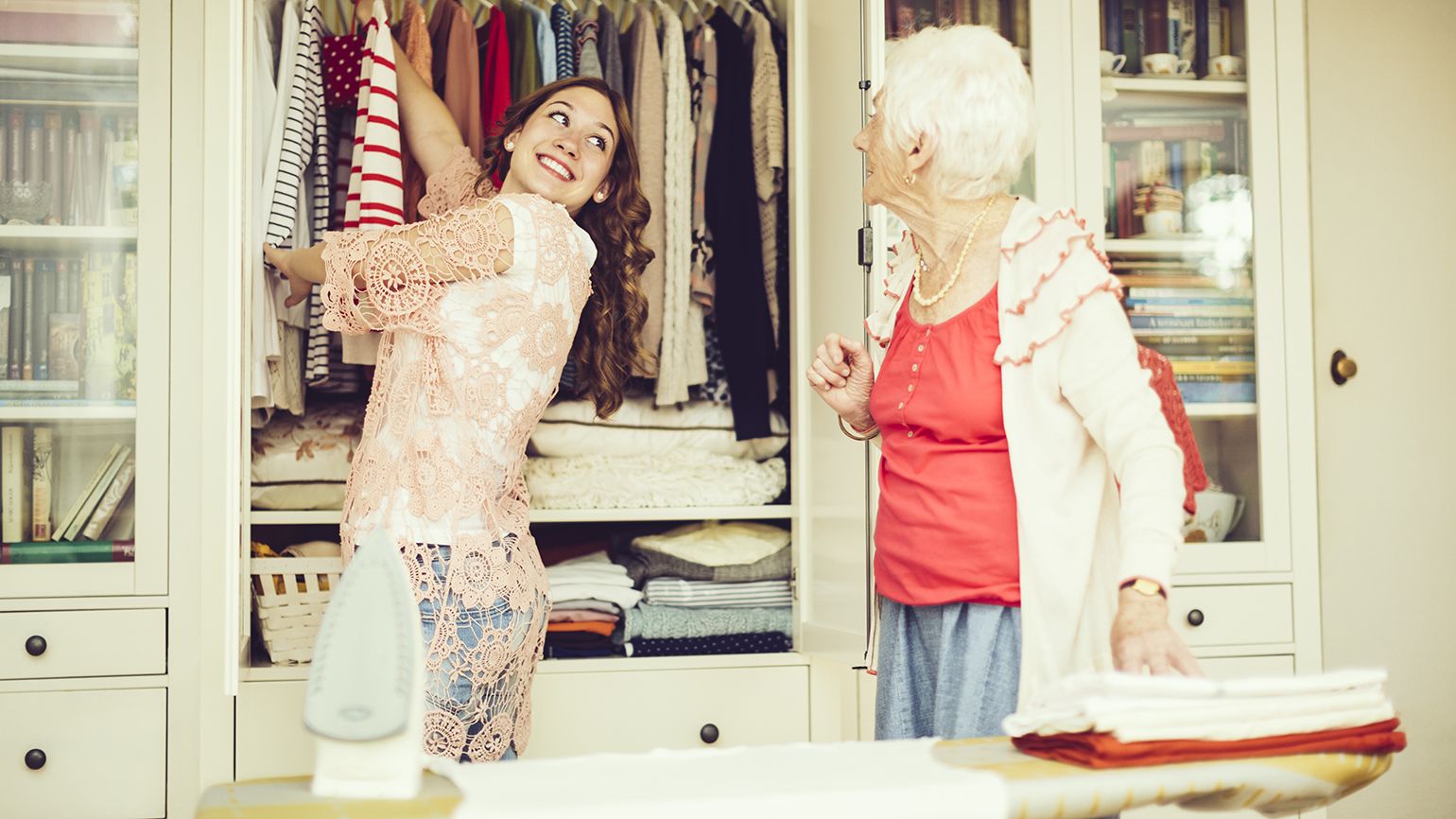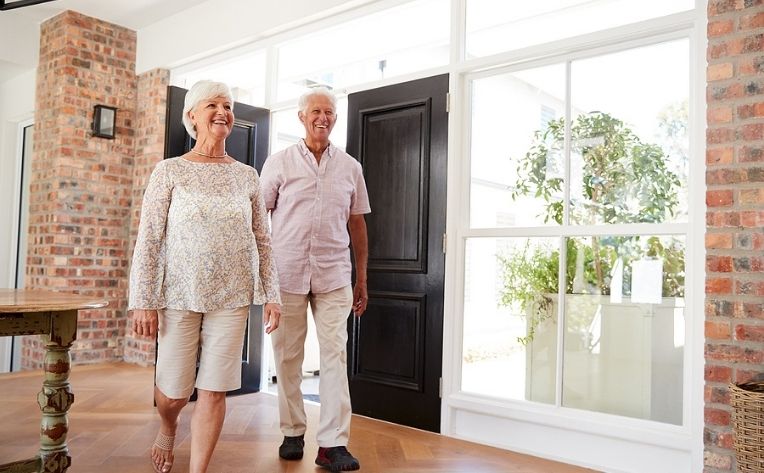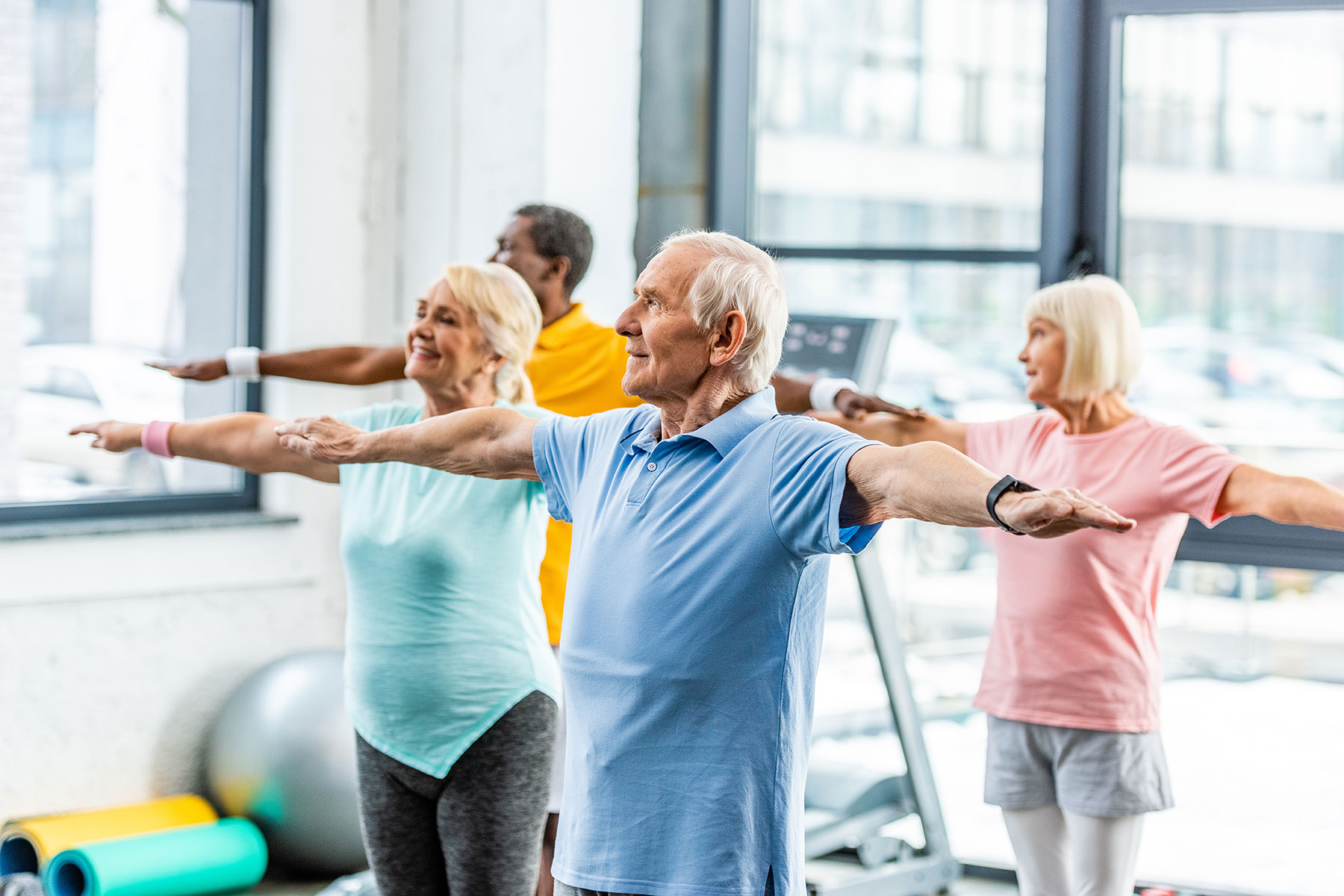As our parents age, their risk of falling increases—and the consequences can be serious. A fall at home can lead to hospitalisation, loss of independence, or long-term health issues. But the good news is, most falls are preventable.
With a few simple adjustments and some forward planning, you can create a safer home environment that supports your parent’s mobility and confidence.
Here are seven easy and effective ways to reduce fall risks at home.
1. Clear Clutter and Create Clear Pathways

One of the simplest ways to prevent falls is to remove obstacles from common walkways.
- Move furniture to widen walkable spaces
- Secure cords and cables against the wall
- Keep floors free of shoes, books, or baskets
Tip: Walk through the home and view it from their perspective—can they move easily from room to room without turning sideways or stepping over things?
2. Improve Lighting Throughout the Home
Poor lighting can make it hard to see obstacles or changes in floor level.
- Install brighter bulbs in hallways, stairs, and bathrooms
- Use night lights in bedrooms, corridors, and near the toilet
- Place lamps or touch lights next to the bed
Natural light is best—open curtains during the day and keep window areas uncluttered.
3. Add Handrails and Grab Bars in Key Areas
Falls often happen in areas where support is limited—like the bathroom or stairs.
- Install grab rails near the toilet, shower, and bath
- Add handrails on both sides of stairways
- Make sure rails are professionally installed and securely fixed
We recommend getting a home safety assessment to help identify the most effective places for supports.

4. Use Non-Slip Mats and Flooring
Slippery surfaces are one of the biggest fall hazards.
- Add non-slip mats in the bathroom and kitchen
- Avoid throw rugs, or secure them with non-slip backing
- Use grippy socks or shoes with rubber soles indoors
Check all mat edges—loose corners are a common trip hazard.
5. Keep Essentials Within Reach
Reaching or climbing to get everyday items can lead to slips and falls.
- Store frequently used items at waist height
- Avoid using step stools or chairs to reach high shelves
- Reorganise the kitchen and bathroom for easier access
Even bending down to low cupboards can cause dizziness or imbalance—help your parent adjust storage gradually.
6. Support Strength and Balance with Gentle Exercise

Staying active helps build the muscle strength and balance needed to prevent falls.
- Encourage gentle walking, tai chi, or balance classes
- Suggest stretches they can do at home
- Ask their GP or physio for tailored exercises
Many falls aren’t just about hazards—they’re about reduced mobility. Movement keeps them confident and steady.
7. Review Medications and Health Conditions
Some medications (especially those for blood pressure, anxiety, or sleep) can cause dizziness or drowsiness.
- Ask the GP or pharmacist to review all medications
- Look out for side effects like light-headedness or vision changes
- Make sure hearing and vision tests are up to date
Your parent’s health status plays a huge role in fall prevention—it’s about more than just the home setup.
Bonus Tip: Consider Light Touch Home Care Support

Sometimes the best way to ensure safety at home is to bring in a little help. Home carers can assist with:
- Showering and dressing
- Housekeeping and laundry
- Meal preparation
- Medication reminders.
Final Thoughts: Prevention Starts with Awareness
Falls may be common, but they’re not inevitable. With a few changes around the home—and a gentle approach to support—you can help your parent stay safely and comfortably where they want to be: at home.
➡ Need help assessing safety risks in your parent’s home? Call us today for a free, no-pressure chat about how home care can support your family’s wellbeing.
